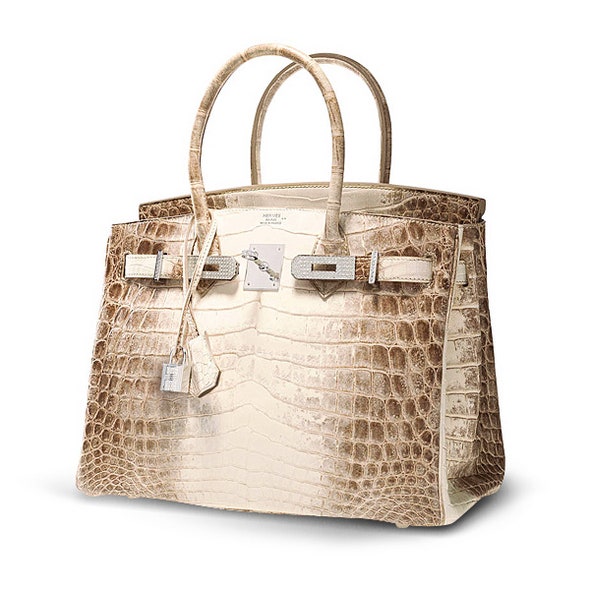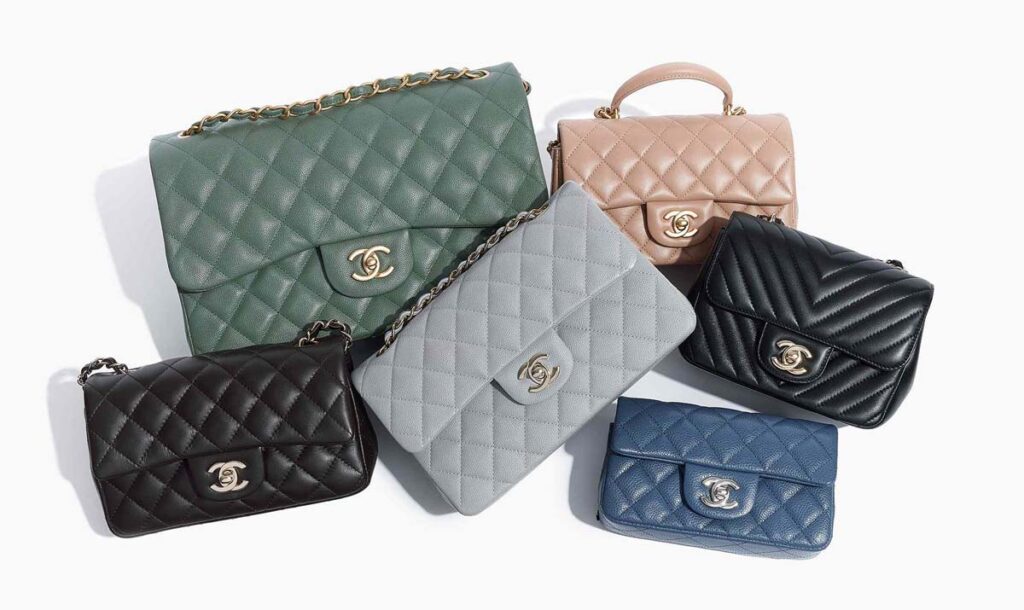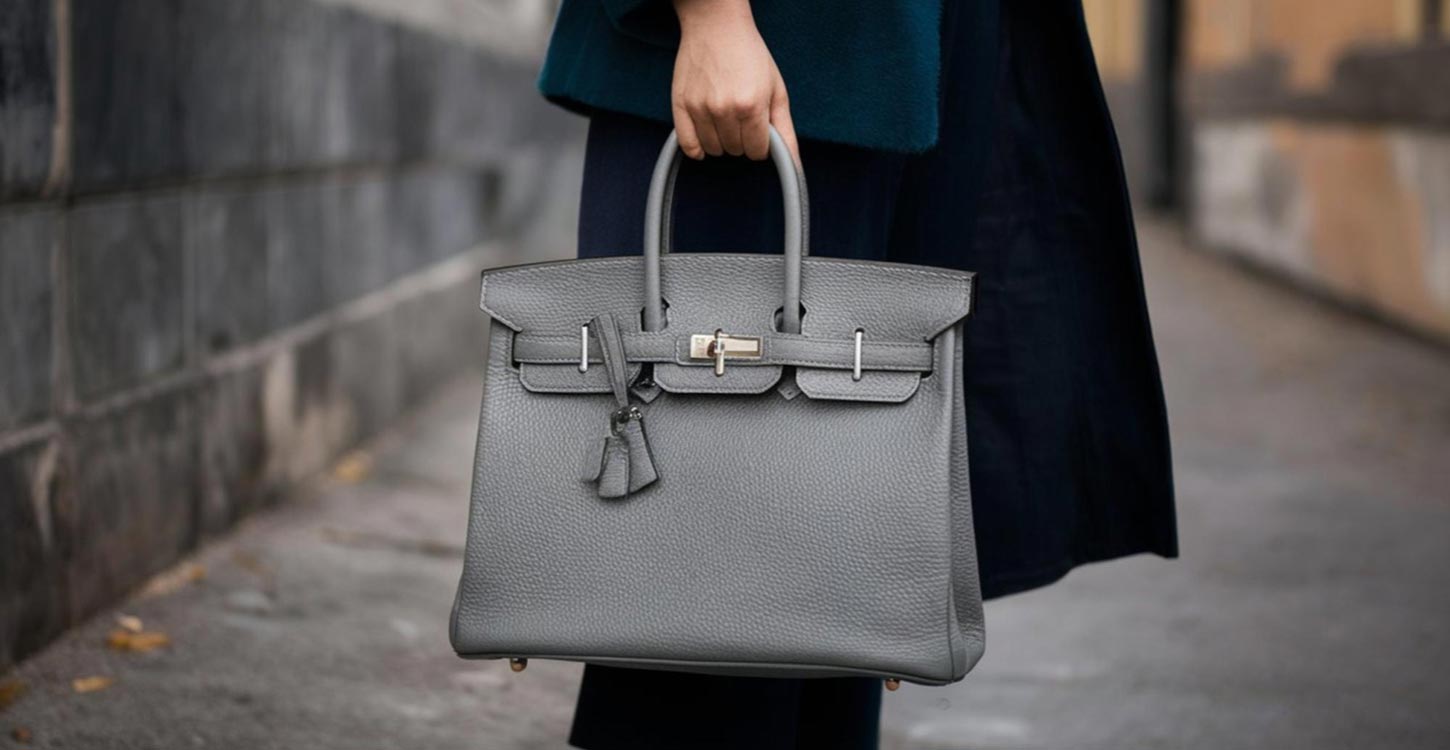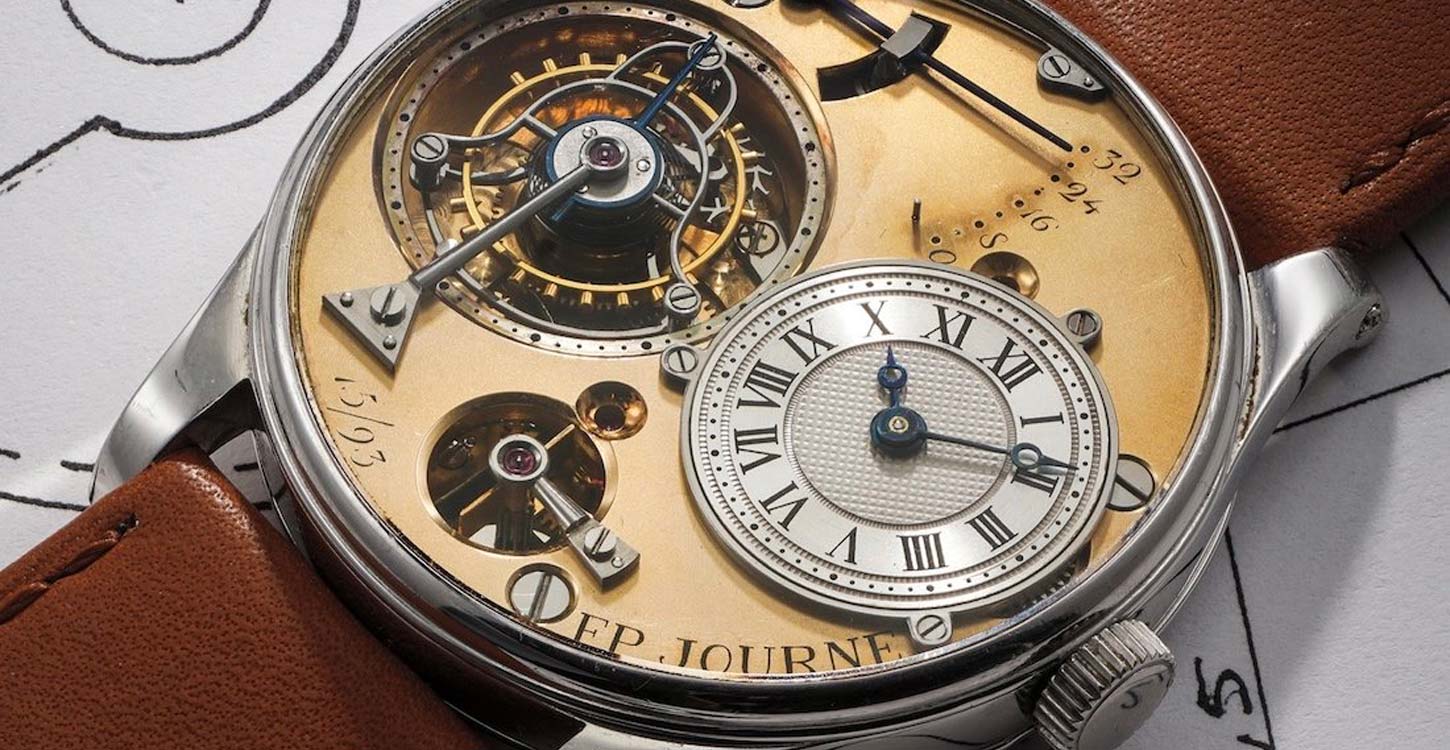Continuing our series on how luxury assets really can perform as investments, we now turn to luxury handbags. Read on to get a handle on the biggest sales to date, what the key principles for buying designer bags are and how investors at all levels can get involved.
Women having a superfluity of handbags is a well-worn trope, yet there is a powerful comeback collectors can deploy: pre-owned designer bags have shown themselves to be a resilient class of luxury tangible and demand remains very strong indeed. The 2023 Knight Frank Luxury Index showed that high-end handbags were holding their value better than classic cars and rare spirits, and over a 10-year period were up 67%. Meanwhile, it was reported that participation in Bonhams’ handbag auctions had more than doubled year over year, with average auction prices up 154%.
As with all luxury tangibles there is an upper, upper end of things which is beyond the reach of most, but it is instructive to learn that handbags can be a very serious investment indeed. The most expensive sale to date has been that of a Hermès Himalayan crocodile Birkin 30 adorned with white gold and platinum hardware, which went for £298,800 at Poly Auction Hong Kong in 2017. However, there have been a number of Birkin bags sold for very near that price in recent years. In fact, sales in the £50,000 to £100,000 region are an everyday occurrence in the world’s luxury auction houses.
Birkin: the big name
The Birkin style – which was created for the model Jane Birkin after she complained to the Hermès CEO on a flight that she could not find her ideal bag – is well-known to be the apogee of luxury bags. In fact, Hermès is the queen of luxury handbag brands generally. In addition to the Birkin, the most-coveted styles are the Kelly bag, made famous by the actress Grace Kelly, later Princess of Monaco; and the Constance bag, named after the daughter of the company’s CEO.
The unsurpassed quality of Hermès bags is legendary, as is their exclusivity. Leatherworkers are only allowed to begin working on them after two years of intensive training, and that leather is painstakingly sourced from all around the world so that each season brings new varieties and colourways – which, of course, amps up the value of combinations that were only fleetingly available, or where the leather type was from a particularly rare and exotic creature. The silver-white crocodile skin of the Himalayan Birkin is as much a contributor to its eye-popping auction prices as it being festooned with diamonds.

The silver-white crocodile skin of the Himalayan Birkin is as much a contributor to its eye-popping auction prices as it being festooned with diamondsThen, there is the fact that even those with sufficient wealth to buy a Birkin still have to ‘get in line’ because demand outstrips demand so greatly. Tales abound of would-be buyers waiting years to become considered a good enough customer to get the chance to buy a Birkin or even flying around the world to snap up a bag following a stylist or salesperson’ tip. What this all means is that the secondary market for the holy trinity of Birkins, Kellys and Constances is very strong indeed. Handbag investing isn’t just about the Hermès brand, however, and there is now a huge market for pre-loved pieces. Chanel is perennially popular and also operates a quota system to retain the rarity value of its handbags. The Classic Flap and 2.55 handbags are perennially popular, and can be had for around £5,000 new, whereas even a second-hand Birkin will seldom be under £10,000 (although less popular colourways and hardware combinations might yield more of a bargain).
As with all tangibles, the vagaries of changing tastes have a huge influence on the resale value of handbagsAs with all tangibles, the vagaries of changing tastes have a huge influence on the resale value of handbags. Take for instance the Fendi Baguette bag, which first shot to fame in the late nineties and has recently become a very popular style again; these can be had for £3,000 and the style boasts a 113% average value retentioni. The Loewe raffia Basket Bag is an example of a new classic and, priced at a relatively modest £800 or so, is an attainable target piece with real prestige among younger buyers. Even a cursory web search will emphasise what a vibrant secondary market there is for handbags and there are an abundance of indices and price comparison tools which can give you a sense of which bags are likely to be a good investment long term. There are also a number of ‘clinics’ where handbags can be sent for maintenance and repair, as it goes without saying that any work required needs to be of the highest standard in order to protect resale advice.

Top Tip

Lara Clarke
Director
Our advice for collectible investments is to approach them as passion assets which are primarily to bring joy to the owner, with any increase in value as a bonus besides. That being said, the figures concerned can be very substantial, so taking proper care of your collection and getting appropriate insurance are both essential.
Here are some tips to help you get started with serious handbag investing:
Know that fakes are everywhere
If buying pre-owned, be aware that fakes are absolutely endemic, with many examples virtually indistinguishable from the real thing. Buying from an auction house or specialist dealer which can attest to good provenance will prevent you from making an expensive mistake.
Pay attention to the details
It is essential to evaluate a potential purchase in forensic detail, inside and out. Look at the stitching, hardware, linings, inside pockets, zips, handles and any other fastenings at least via photographs and even better while it is in your hands (or those of a trusted representative). A slight flaw need not be a deal-breaker, but you will need to build restoration costs into your calculations.

Take care with storage and wear
Designer pieces usually come with a dustbag, so always use that for storage, and stuff the bag with acid-free tissue paper to help it keep its shape. Also, be very careful to use only specialist cleaning products on the leather and hardware to avoid damage.
While it would be a shame to treat your handbag collection like museum pieces, take all measures to protect your pieces when wearing them out. Many restaurants will provide handbag clips to suspend your bag off of the floor (or like the late Queen, you could carry your own!).
Obtain adequate insurance coverage
Regular household insurance policies do allow for high-value items to be included, or for these to be added on, but do make sure that receipts are retained and try to explore options for coverage outside the home. Car insurance policies can include handbag coverage, but many don’t extend this beyond a £500 value.
Keep everything that came with the bag to help retain its value
As well as a dustbag, make sure that any padlocks, leather tags, straps and so on are easily found should you wish to sell your piece on. Many designer bags come with longer and a shorter strap, for instance, and not being able to find one could seriously impact resale price.
Important information
The investment strategy and financial planning explanations of this piece are for informational purposes only, may represent only one view, and are not intended in any way as financial or investment advice. Any comment on specific securities should not be interpreted as investment research or advice, solicitation or recommendations to buy or sell a particular security.
We always advise consultation with a professional before making any investment and financial planning decisions.
Always remember that investing involves risk and the value of investments may fall as well as rise. Past performance should not be seen as a guarantee of future returns.




